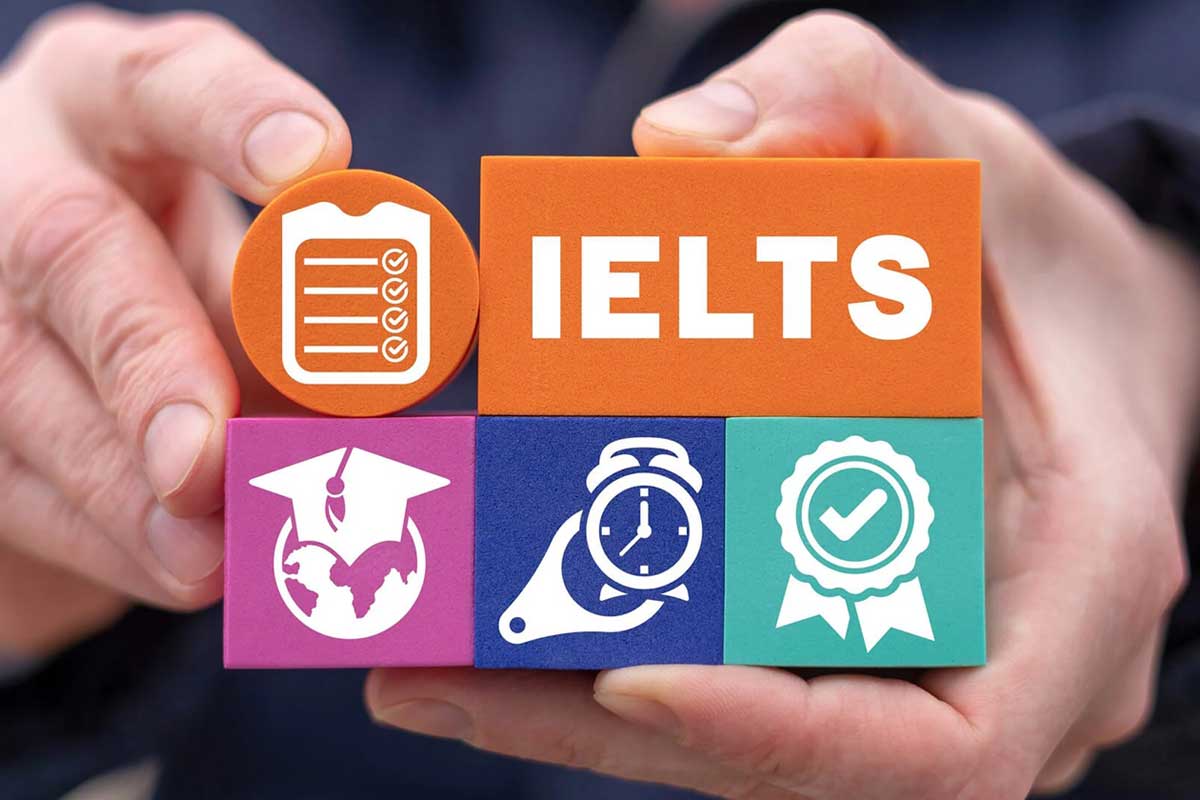
IELTS
The IELTS (International English Language Testing System) exam is one of the most popular and widely recognized English language proficiency tests in the world. It is designed to assess the language skills of people who need to study or work in environments where English is used as the primary language of communication.
Key Information about the IELTS Exam
1. Types of IELTS Tests
- IELTS Academic: For individuals applying for higher education or professional registration in an English-speaking environment.
- IELTS General Training: For individuals applying for migration to an English-speaking country (e.g., the UK, Australia, Canada) or for training, work, or secondary education purposes.
2. Test Sections
IELTS is divided into four sections that evaluate your English language proficiency:
- Listening (30 minutes): Includes 4 sections with a variety of question types such as multiple-choice, matching, and short answer questions.
- Reading (60 minutes): This section has different texts depending on whether you are taking the Academic or General Training version of the test. The Academic reading has 3 long texts, while the General Training version includes 3 shorter texts related to everyday life and workplace settings.
- Writing (60 minutes): This section involves two tasks.
- Academic Writing: Task 1 requires describing data (graphs, charts, etc.), and Task 2 involves writing an essay on a given topic.
- General Training Writing: Task 1 involves writing a letter (formal, semi-formal, or informal), and Task 2 involves writing an essay on a topic of general interest.
- Speaking (11-14 minutes): A face-to-face interview with an examiner. It is divided into 3 parts: an introduction and interview, a short speech on a given topic, and a discussion on abstract ideas.
3. Scoring
IELTS uses a band score system, ranging from 0 to 9, with each section receiving its own score, and the overall score being the average of all four sections. The scores reflect the following proficiency levels:
- Band 9: Expert user
- Band 8: Very good user
- Band 7: Good user
- Band 6: Competent user
- Band 5: Modest user
- Band 4: Limited user
- Band 3: Extremely limited user
- Band 2: Intermittent user
- Band 1: Non-user
- Band 0: Did not attempt the test
4.Test Format
- IELTS is available in paper-based and computer-based formats, though the content and the scoring are the same.
- The Listening, Reading, and Writing sections are usually completed on the same day, with no break in between.
- The Speaking test may be scheduled on the same day or up to a week before or after the written test.
5. Validity
- IELTS scores are typically valid for 2 years from the test date. After that, you may need to retake the test to provide updated scores.
6. Registration
- You can register for the IELTS test through authorized test centers around the world or online.
- The test is offered multiple times per month, but availability can depend on your location and the type of test (Academic or General Training).
7. Purpose
- IELTS is accepted by more than 11,000 organizations in over 140 countries, including universities, employers, immigration authorities, and professional bodies.
8. Preparation
- Many test-takers choose to prepare for IELTS by attending preparation courses, using study materials and practice tests, and familiarizing themselves with the format and types of questions.

Why Take the IELTS Exam?
- Study: If you want to study abroad in an English-speaking country, most universities and educational institutions require IELTS scores as proof of your English proficiency.
- Work: Employers in English-speaking countries often request IELTS scores for employment purposes, especially for positions that require good communication skills.
- Migration: Many countries, such as Australia, Canada, the UK, and New Zealand, require IELTS scores for migration purposes.
- Personal: Even if you're not planning to study, work, or migrate, you may take the test to assess your English proficiency for personal or professional development.
Key Tips for Preparation
- Practice listening to various English accents since IELTS includes a variety of speakers from different regions.
- Familiarize yourself with the test format by reviewing sample questions and taking practice tests.
- Improve your writing and speaking skills by getting feedback from native speakers or English teachers.
